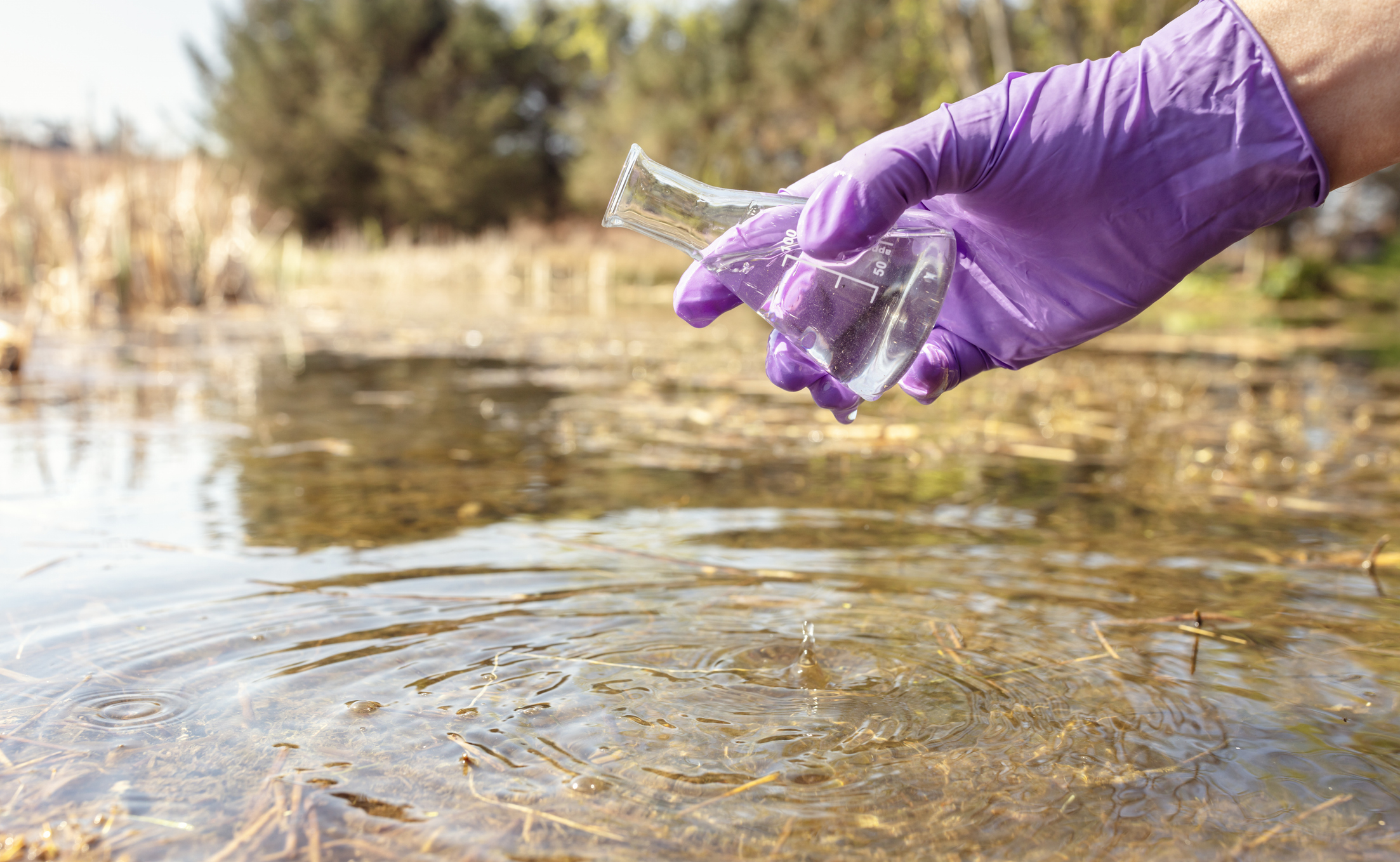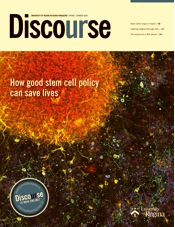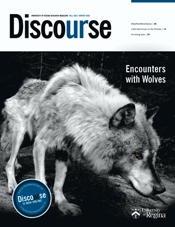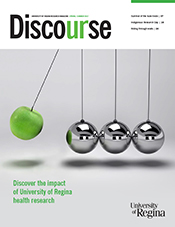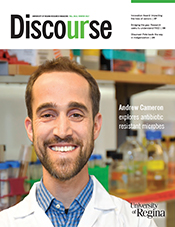New funding will help unlock hidden networks inside E. coli.
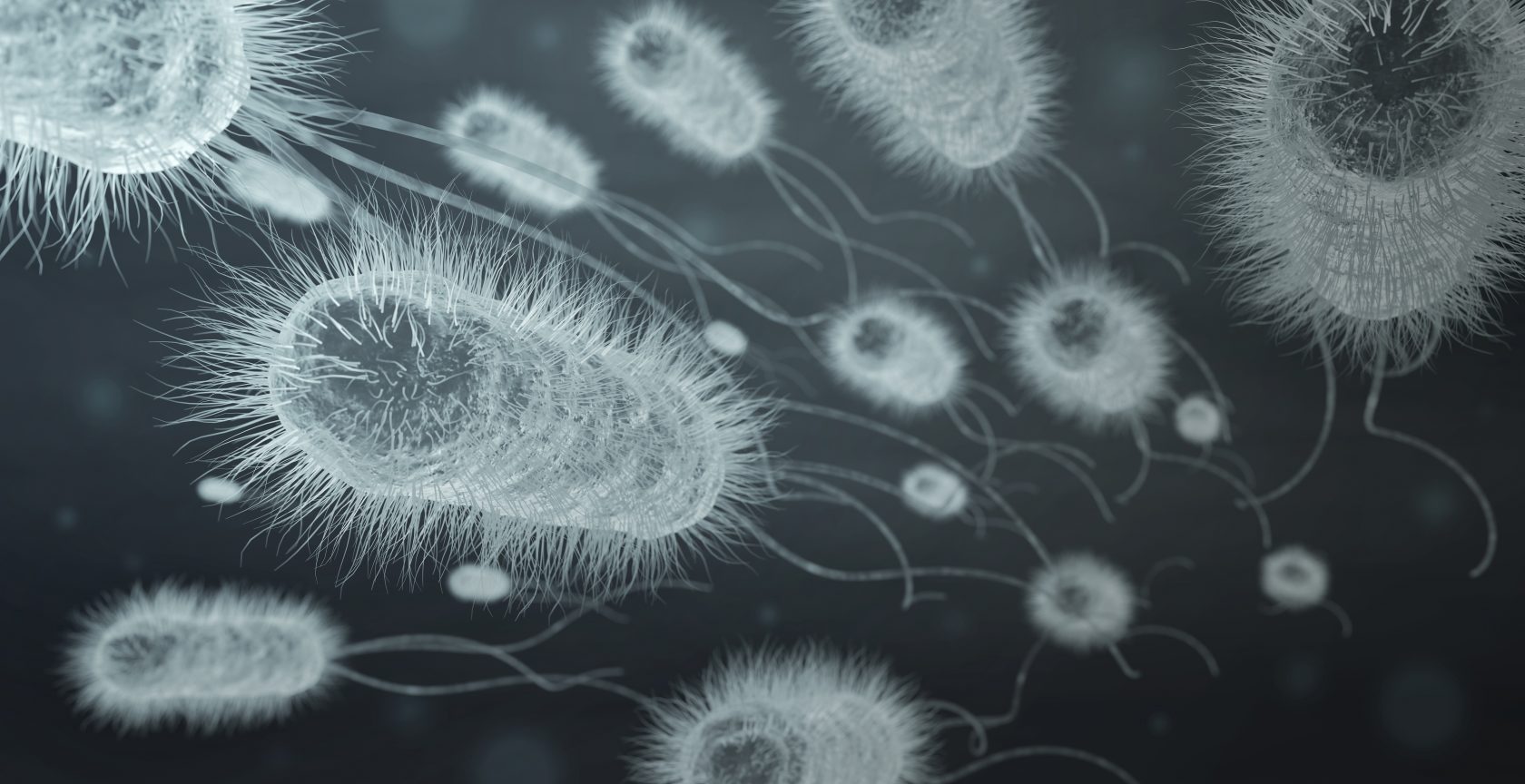
When most people hear about E. coli, they think of food poisoning or product recalls. But E. coli is also one of our oldest, most studied, and important bacteria. Some strains of E. coli live in our intestines and help us digest food, produce vitamins, and fend off harmful invaders. Others make us sick. Despite scientists studying the bacteria for decades, mysteries about E. coli remain.
E coli cells are packed full of proteins and tiny molecules called metabolites. One of the biggest gaps in our knowledge lies in how E. coli’s proteins interact with metabolites. These interactions, which act like on/off switches for cellular processes, control everything from energy production to interactions with E. coli’s environment, including the host’s gut. While scientists have mapped many protein-DNA and protein-protein interactions, protein-metabolite connections remain largely uncharted in E. coli.
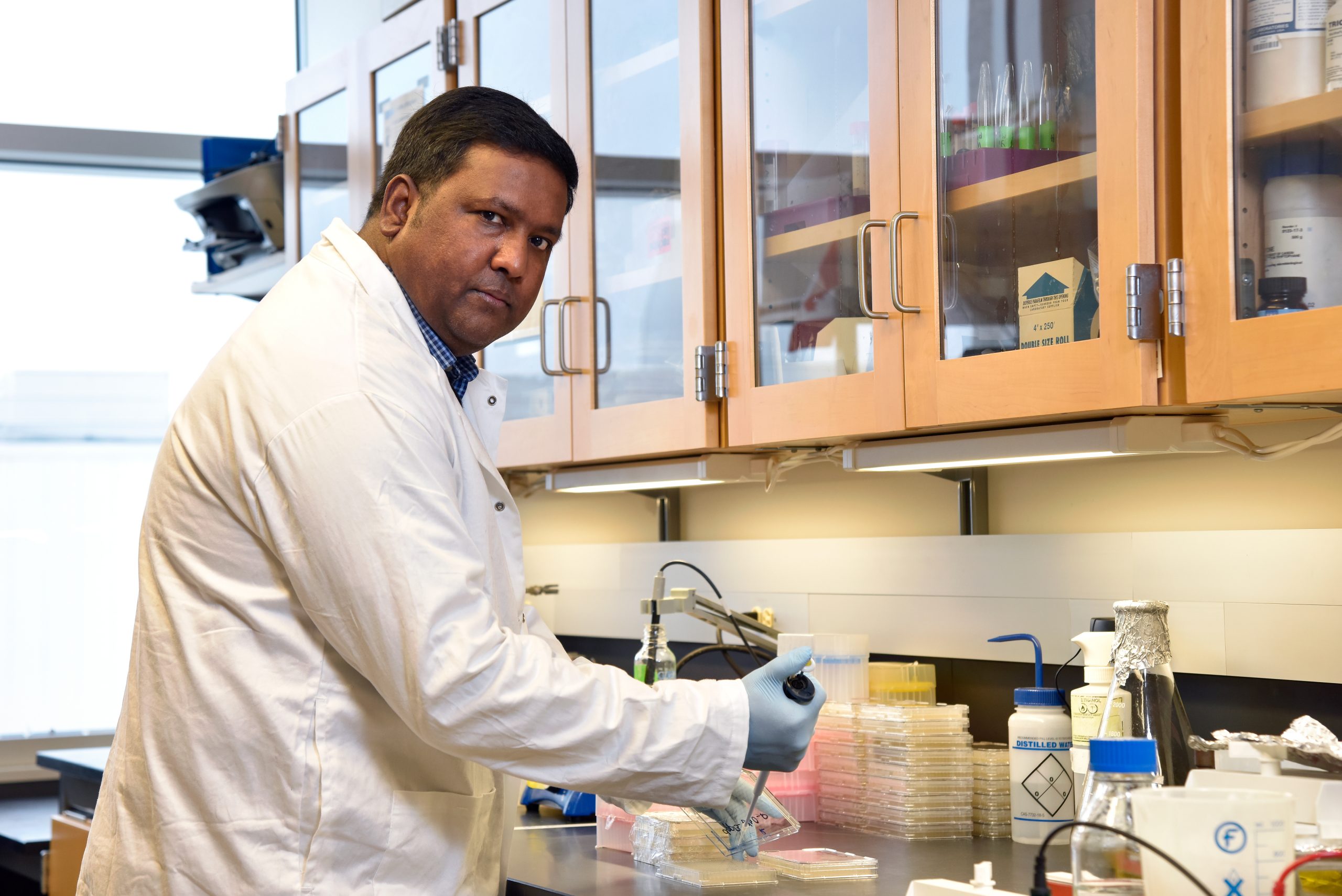
That’s why University of Regina biochemist Dr. Mohan Babu received a $1.14 million Canadian Institutes of Health Research (CIHR) Project Grant to combine state-of-the-art lab techniques with artificial intelligence to identify exactly which metabolites attach to which proteins inside E. coli.
For Babu, this project is both a technical challenge and a scientific adventure. “We know E. coli better than almost any organism,” he says, “but there’s still a lot hidden beneath the surface. This research is about uncovering those hidden connections.”
The end goal is to create a comprehensive picture of E. coli’s small molecule interactome, which is a complete representation of how molecules interact within a cell or organism. Such a map could lead to new ways to fight harmful bacteria and to better understand how microbes adapt to their surroundings.

